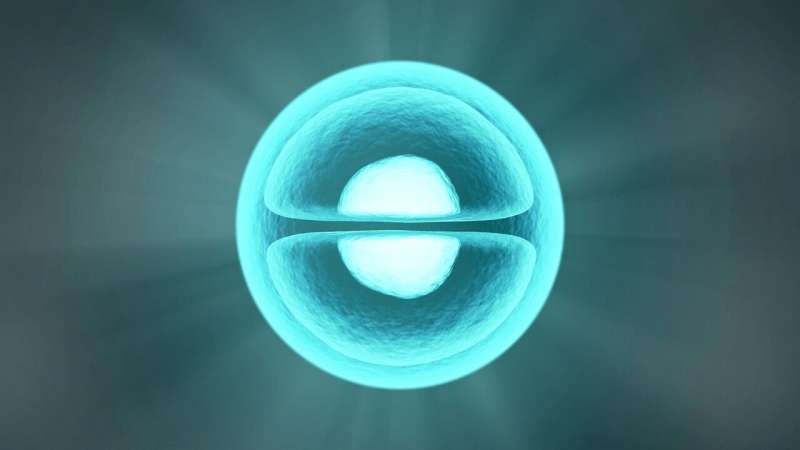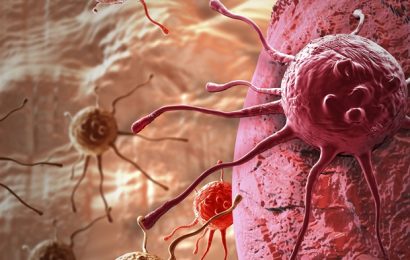
In the United States, one in 10 babies are born too soon, resulting in complications that can affect their locomotor development and influence such simple tasks as balance, walking and standing later in life. A new peer-reviewed study by Children’s National Hospital, published in the Proceedings of the National Academy of Sciences (PNAS), explores exactly what neural circuitry of the cerebellum is affected due to complications that occur around the time of birth causing these learning deficits, and finds a specific type of neurons—Purkinje cells—to play a central role.
Up until now, there has been a sparsity of techniques available to measure neuronal activity during locomotor learning tasks that engage the cerebellum. To surmount this challenge, Children’s National used a multidisciplinary approach, bringing together a team of neuroscientists with neonatologists who leveraged their joint expertise to devise a novel and unique way to measure real-time Purkinje cell activity in a pre-clinical model with relevance to humans.
Researchers measured neural circuit function by pairing GCaMP6f fiber photometry, used to measure neuronal activity in the brain of a free moving subject , with an ErasmusLadder, in which it needs to travel from point A to point B on a horizontal ladder with touch-sensitive rungs that register the type and length of steps. By introducing a sudden obstacle to movement, researchers observed how the subject coped and learned accordingly to avoid this obstacle. By playing a high-pitch tone just before the obstacle was introduced, researchers were able to measure how quickly the subjects were able to anticipate the obstacle and adjust their steps accordingly. Subjects with neonatal brain injury and normal models were run through a series of learning trials while simultaneously monitoring brain activity. In this way, the team was able to quantify cerebellum-dependent locomotor learning and adaptive behavior, unlocking a functional and mechanistic understanding of behavioral pathology that was previously unseen in this field.
“With this technology, we are able to understand the response of specific cells to external stimuli,” said Vittorio Gallo, Ph.D., chief research officer and lead author. “Our findings honed in on Purkinje cell activity for this experiment. But extrapolating further, we can use this technology in the clinic, applying cell-specific stimulations or drugs to understand if each has a protective or harming effect in the brain.”
Beyond presenting that normal Purkinje cells are highly active during movement on the ErasmusLadder, the team explored the question of whether Purkinje cells of injured pre-clinical models were generally non-responsive to any kind of stimuli. They found that while Purkinje cells in injured subjects responded to puffs of air, which generally cue the subject to start moving on the ErasmusLadder, dysfunction in these cells was specific to the period of adaptive learning. Lastly, through chemogenetic inhibition, which specifically silences neonatal Purkinje cell activity, the team was able to mimic the effects of perinatal cerebellar injury. Further solidifying the role of these cells in learning deficits.
“Research to date has focused on damage to the cerebral cortex as the cause of learning deficits,” said Mark Batshaw, M.D., executive vice president, physician-in-chief, chief academic officer and director of Children’s National Research Institute—who was not involved in the research. “Dr. Gallo’s lab has been at the forefront in understanding how the cerebellum, in addition to the cortex, is an important contributor to altering normal brain development in premature babies, placing them at greater risk for disabilities. These seminal contributions are critical to understanding how we can improve care to these fragile infants in early life and protect their brain.”
“A deeper understanding of the connection between brain injury, Purkinje cell development and circuitry could allow for opportunities to explore better targeting of pharmacological approaches,” said Aaron Sathyanesan, Ph.D., research faculty and first author of the study. “Certain targeted drugs could provide added protection to Purkinje cells, mitigating the effects of brain injury on locomotor development following preterm births.”
The study results have implications for clinical practice. As the care of premature babies continues to improve, neonatologists face new challenges to ensure that babies not only survive but thrive. They need to find ways to prevent against the lifelong impacts that preterm birth would otherwise have on the cerebellum and developing brain.
Source: Read Full Article


